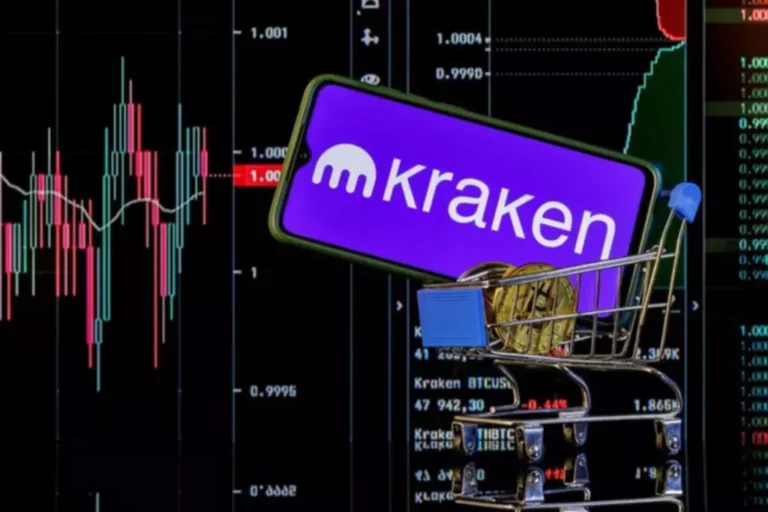In the monetary market, the buy-side refers to the Prime Brokerage entities which might be involved within the strategy of acquisition. Buy-side firms work with a buyer and find helpful opportunities for them to acquire different businesses. From the public’s standpoint, the analyst produces research stories that include financial estimates, a price target, and a recommendation concerning the stock’s anticipated performance. The estimates derived from the fashions of a quantity of sell-side analysts are often averaged collectively to provide the consensus estimate.
Pros And Cons Of Being A Sell-side Analyst
In addition, buy-side analysts often have some say in how trades are directed by their firm, and that can be a key a half of sell-side analyst compensation. The terms “buy-side” and “sell-side” designate two distinct groups of monetary firms and the companies these companies supply to the monetary industry. The sell-side of the financial market is answerable for creating, promoting, and selling traded securities to most of the people. This helps generate liquidity by ensuring the supply of trades for distribution and facilitating the trade of economic property. At Invested Better, our mission is to revolutionize how people join with monetary advisors. The sell-side also supplies a spread of companies to the buy-side, including trading services, research, and monetary advisory providers.
The time period “buy-side” refers to the aspect of the monetary market that is primarily involved with the acquisition of securities and other monetary devices. This includes entities similar to mutual funds, pension funds, hedge funds, and particular person buyers. These entities are called buy-side as a outcome of their primary job is to use their capital to invest in securities with the purpose of producing returns.
- The estimates derived from the models of a quantity of sell-side analysts are sometimes averaged together to produce the consensus estimate.
- Their duties embody offering advisory providers, executing trades, and offering analysis and evaluation.
- By comparison, sell-side analysts research specific industries or sectors to generate gross sales of economic merchandise.
- The buy-side is primarily concerned with buying securities to generate returns, while the sell-side is focused on selling securities and offering providers to the buy-side.
- Mergers and acquisitions (M&A) analysts advise firms, governments, or other entities on the method to raise capital, in addition to on acquisitions, mergers, and gross sales of companies.
In brief, the goal of the sell-side is to find a potential acquirer who is able to suggest a beneficial deal. On the opposite, the buy-side’s mission is to help clients generate capital from the acquisition. Buy-side and sell-side in mergers and acquisitions focus totally on finding the opportunities for M&A transactions. The buy-side finds probably the most useful alternatives for the customer, and the sell-side—for the vendor. On the other hand, the sell-side refers back to the entities which are involved in the process of sale. Sell-side firms work with sellers and try to find a counterparty for a sale of the client’s business—the purchaser.
A Quantity Of tendencies are shaping the way forward for buy facet and promote aspect dynamics, including increased automation, regulatory changes, and globalization. Automation boosts efficiency and reduces costs for both sides, whereas new rules purpose to enhance transparency and accountability. Globalization presents new opportunities and challenges, requiring corporations to adapt their strategies to navigate the ever-evolving financial panorama effectively. Buy-side analysts can become investment strategists, who develop and talk the firm’s overall funding strategy and market outlook to shoppers. While we strive to provide accurate and up-to-date information, the monetary landscape is consistently altering. All The Time seek the advice of with a qualified financial advisor, accountant, or legal skilled earlier than making any significant financial decisions or investments.
Why Is Algorithmic Buying And Selling Crucial For Each Purchase Side And Sell Aspect Firms?
These firms invest the contributions of staff and employers with the goal of rising the funds to provide revenue in retirement. Nonetheless, because the trade grew and have become more competitive, many giant institutional buyers began to build their own in-house analysis groups to gain an edge out there. Buy-side makes money after they can buy at a low price and promote at the next worth with out incurring a lot threat. Their job is to trade on behalf of their shoppers, which means they could both be taking or giving orders from clients who’ve bought or offered stocks. That stated, typical roles would possibly embody funding analyst, merchants, portfolio managers, and managing director. Mergers and acquisitions (M&A) analysts advise corporations, governments, or other entities on tips on how to elevate capital, in addition to on acquisitions, mergers, and sales of companies.
Conversely, “sell-side” companies promote securities and investment opportunities to the buy-side. In most instances, the sell-side consists of investment banks, broker dealers, and market makers. These are key ideas inside monetary markets, every fulfilling unique roles within the buying and selling panorama. This discussion delves into their distinctions, methods, and sensible impacts on merchants and investors. Enterprise capital roles contain investing in early-stage firms with high growth https://www.xcritical.in/ potential in trade for an fairness stake.
How To Choose An Advisor
They present advice to clients on promoting securities, structuring financial transactions, and raising capital. They may also present analysis and analysis to assist purchasers make informed funding choices. The sell-side is normally represented by investment banks, business banking institutions, advisory corporations, and inventory market brokerage corporations. Sell-side analysts, funding bankers, and stockbrokers assist their purchasers in elevating capital by selling securities. Buy-side analysts need sturdy analytical skills, a deep understanding of economic markets, and the ability to develop long-term funding strategies.
They have the flexibility buyside liquidity to carry onto positions for so lengthy as they should to find a way to reach their desired objectives, or till there’s a change in the market that requires them to sell holdings at a loss. For example, if a buy-side dealer is looking to buy a security, the sell-side trader may be attempting to promote it for more than the buy-side dealer is prepared to pay. One debate that has been round for some time is whether or not it’s higher to be a buy-side or sell-side dealer. Each sort of trader has its own advantages and disadvantages, so it actually is dependent upon what your goals are as a dealer. In this course of, Goldman and the shopper agree that the most effective course of action would be to boost capital via a debt issuance.
By utilizing sophisticated algorithms, firms can execute trades at optimal costs and occasions, allowing them to seize market alternatives swiftly and accurately. Total, the key distinction between purchase aspect and sell side analysts lies in their roles and obligations throughout the investment trade. All monetary and funding decisions should be based on an evaluation of your individual private monetary state of affairs, wants, danger tolerance, and funding goals. For instance, an asset administration firm has a fund that invests in various energy companies.
The buy-side is primarily involved with shopping for securities to generate returns, while the sell-side is targeted on promoting securities and offering providers to the buy-side. These strategies can range from traditional long-term investing to extra complex and dangerous methods similar to high-frequency buying and selling and derivatives buying and selling. The selection of strategy is determined by the firm’s investment philosophy, danger tolerance, and the particular goals of its purchasers. The main variations between buy-side and sell-side analysts relate to the sort of research they do. Buy-side analysts conduct broad research that always makes use of information from trusted sell-side analysts to make investment suggestions. By comparison, sell-side analysts analysis particular industries or sectors to generate gross sales of economic merchandise.



